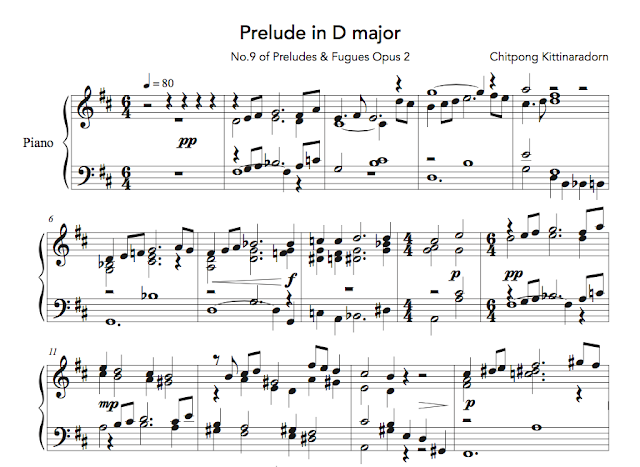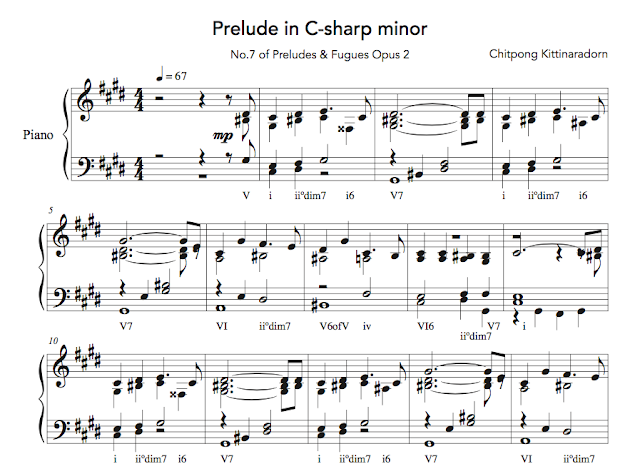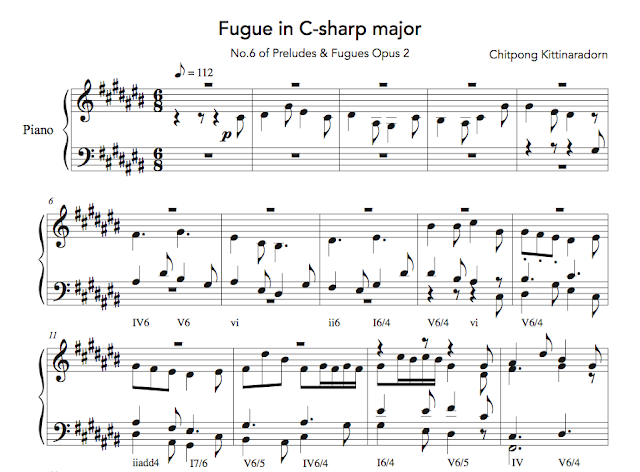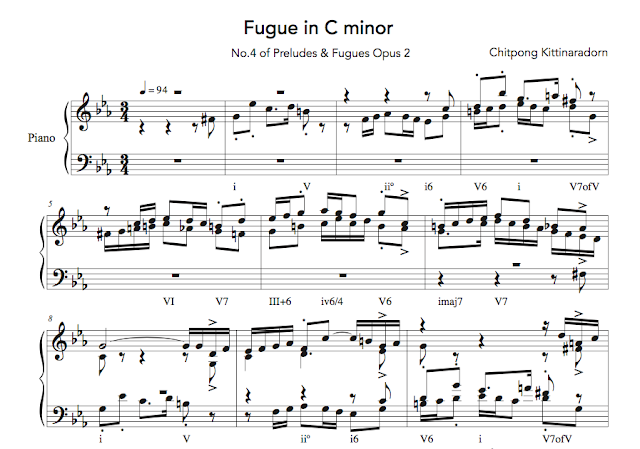Preludes & Fugues Opus 2: Prelude in D major

This prelude is quite unusual because it was written in a condensed sonata form as opposed to one of the freer and simpler forms, and it is not a sonata-as-usual because the tempo is too slow. It also features a large degree of ambiguity of modes between major and minor. The minor counterpart replaces most of the supposed dominant parts required by the sonata form. The prelude is therefore not only a statement, but also a development with great room for personal interpretation.





